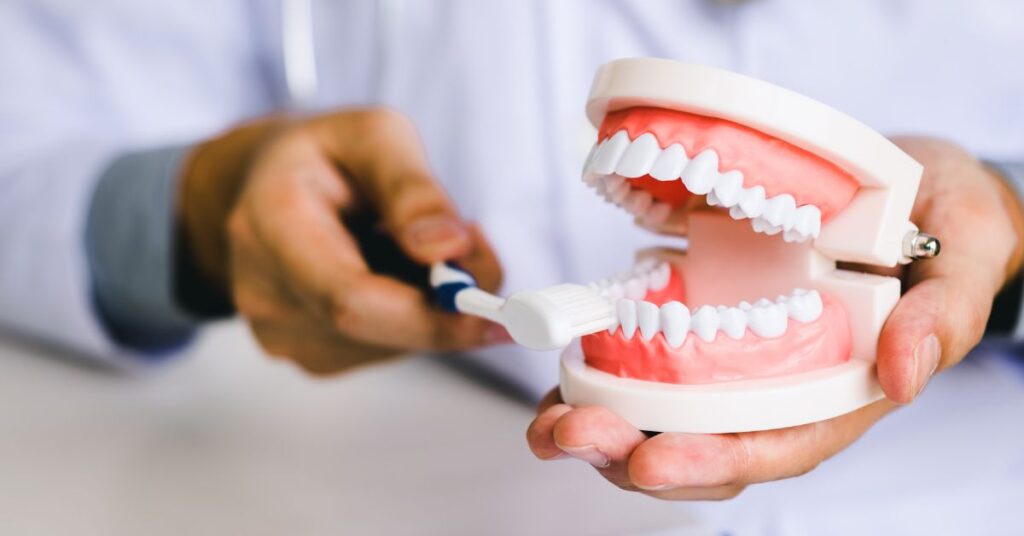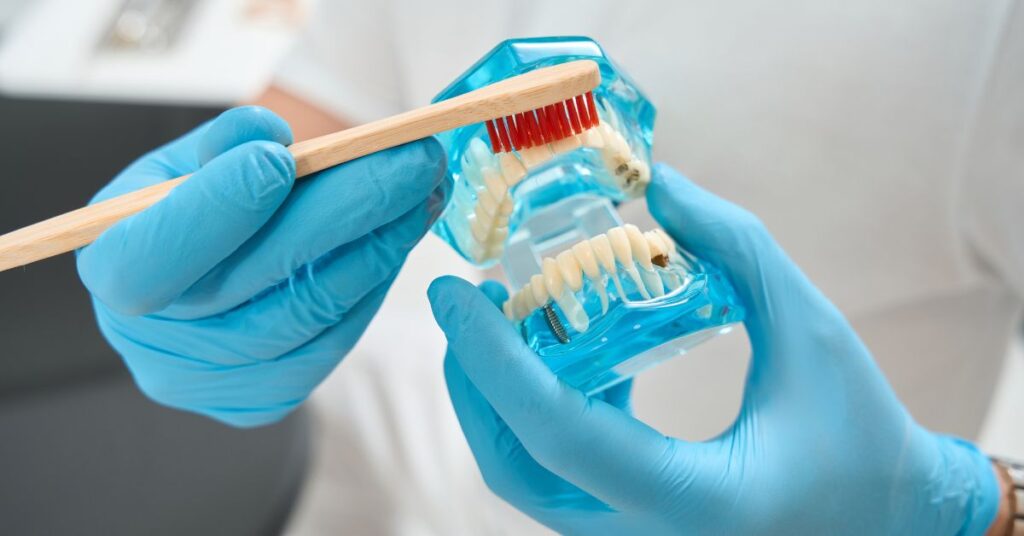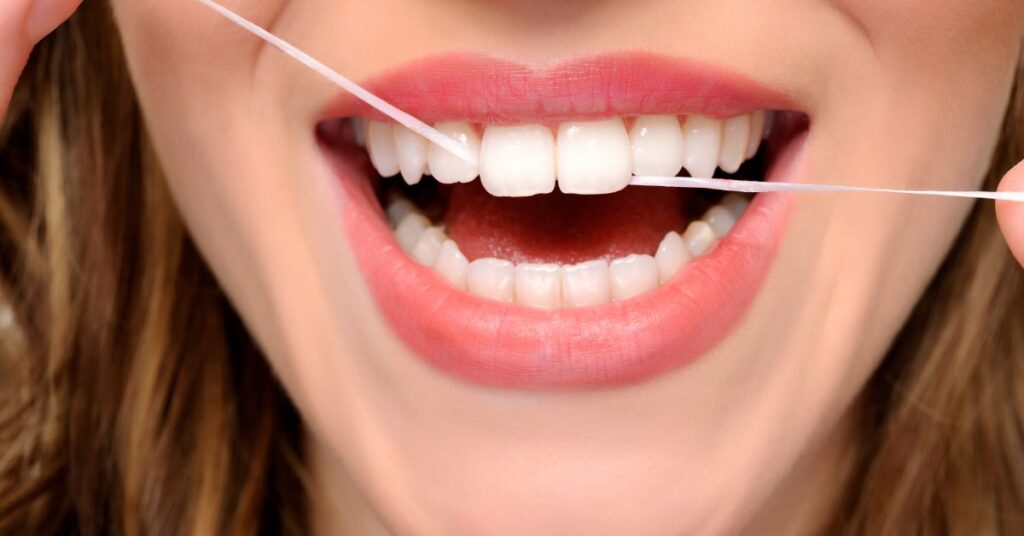
Introduction
The Importance of Dental Care
Dental care is an essential component of personal health that often gets overlooked. While many focus on diet and exercise, proper dental hygiene is crucial for maintaining overall well-being. Poor oral hygiene can lead to a host of problems, including cavities, gum disease, and even serious health conditions such as heart disease and diabetes. Your mouth acts as a gateway to your body, and what happens within it can affect your health across various systems.
Overview of Expert Tips for Brushing and Dental Care
In this guide, we’ll delve into effective strategies for brushing and dental care, providing expert tips that will help you achieve optimal oral health. From choosing the right toothbrush to mastering proper brushing techniques, we cover every aspect necessary for maintaining a healthy mouth. This comprehensive approach is designed to simplify your dental care routine, ensuring that you prioritize your oral hygiene effectively.
How This Guide Will Help You
Whether you’re looking to enhance your current dental habits or seeking to build a routine from scratch, this guide is tailored to your needs. Each section provides actionable advice, research-backed recommendations, and practical insights designed to improve your dental hygiene and health. By incorporating these expert tips, you will be well on your way to enjoying a healthier smile and a more confident you.
The Basics of Brushing

Importance of Regular Brushing
Daily brushing is one of the most fundamental practices for maintaining oral hygiene. Brushing removes plaque—a sticky film of bacteria that can lead to cavities and gum disease. It’s recommended to brush at least twice a day to effectively combat oral bacteria and prevent dental issues.
Choosing the Right Toothbrush
When selecting a toothbrush, opt for one with soft bristles to prevent damage to your gums and enamel. Both manual and electric toothbrushes can effectively clean teeth; however, electric toothbrushes often provide superior plaque removal due to their oscillating head and built-in timers.
Selecting the Best Toothpaste
Using fluoride toothpaste is essential because fluoride helps strengthen enamel and protects against cavities. Additionally, look for toothpaste that suits your specific needs, such as whitening formulas, those for sensitive teeth, or options that address gum health.
Understanding the 2-minute Rule
The 2-minute rule is a simple yet effective guideline for ensuring proper brushing. Spend two minutes brushing your teeth, allowing sufficient time for all surfaces to be cleaned. You can break this down into quadrants, spending 30 seconds in each part of your mouth, ensuring comprehensive coverage.
Mastering Proper Brushing Techniques

Positioning the Brush Correctly
Holding your toothbrush at a 45-degree angle to your gums is crucial. This positioning allows the bristles to sweep away plaque and food particles effectively. Ensure that you touch both the teeth and the gumline during brushing for optimal results.
Types of Brushing Motions: Circular vs. Up-and-Down
Brushing techniques can vary, but gentle circular motions, as opposed to harsh back-and-forth scrubbing, are recommended. Circular motions help to dislodge plaque effectively without harming the gums. You can use up-and-down motions on the outer surfaces of the lower and upper front teeth for added cleaning efficiency.
Dividing Your Mouth: Quadrant Brushing Technique
To ensure that you cover all areas of your mouth thoroughly, divide your mouth into four quadrants. Spend about 30 seconds on each quadrant, giving yourself enough time to clean all tooth surfaces, including those often neglected spots, like the back molars.
Don’t Forget Your Tongue
It’s important to brush your tongue, as it can harbor bacteria that contribute to bad breath. Gently brushing your tongue helps to reduce these bacteria and freshen your breath, making for a more complete oral hygiene routine.
Flossing: An Essential Part of Dental Care

Why Flossing Matters
While brushing is essential, it cannot reach all the nooks and crannies between the teeth. Flossing is a vital practice that removes plaque and food particles from these hard-to-reach spaces, significantly reducing the risk of cavities and gum disease.
Steps to Floss Effectively
To floss correctly, start with about 18 inches of dental floss. Wrap the ends around your fingers, leaving a 1 to 2-inch section. Gently guide the floss between your teeth, curving it around each tooth in a C shape, and slide it up and down. This method effectively cleans both sides of each tooth.
Alternatives to Traditional Flossing
For those who find traditional flossing challenging, consider using dental tools like floss picks or water flossers. These alternatives can be just as effective, making it easier to incorporate flossing into your daily routine.
How Flossing Complements Brushing
Flossing and brushing complement each other in a well-rounded oral hygiene routine. While brushing cleans the surfaces of the teeth, flossing targets areas that are otherwise inaccessible, reducing plaque buildup and preventing gum disease. Together, they create a formidable defense against oral health issues.
Common Brushing Mistakes to Avoid

Brushing Too Hard: Risks and Solutions
Many people believe that brushing harder will yield cleaner teeth. However, this can lead to enamel erosion and gum recession. Use gentle pressure and let the toothbrush bristles do the work to avoid potential damage.
Neglecting to Replace Your Toothbrush
Using a frayed toothbrush can hinder your oral hygiene efforts. Aim to replace your toothbrush every three to four months, or sooner if the bristles are worn. Regular replacement ensures that you’re effectively removing plaque and bacteria.
The Dangers of Brushing Immediately After Eating
Brushing your teeth right after consuming acidic foods or beverages can weaken enamel. Instead, wait at least 30 minutes to allow your saliva to neutralize acids before brushing. This will help protect your enamel from excessive wear.
Forgetting Other Areas: The Back Molars and Gumline
Many individuals focus on the frontal teeth and neglect the back molars and gumline. To ensure a comprehensive clean, remember to reach these areas as well, as they are often significant contributors to dental decay and gum disease.
Conclusion:
Maintaining good oral hygiene is essential for a healthy and confident smile. following expert tips on brushing, flossing, and utilizing additional tools for dental care, you can establish a detailed oral care routine.
A proactive approach to dental care can prevent long-term complications. Consistently following best practices and visiting your dentist regularly will allow for better outcomes and enhanced oral health.
Investing time in your dental care will yield significant returns in terms of health and confidence. A beautiful smile reflects good health, and everyone deserves to feel proud of theirs.
Take charge of your dental health today. Implement the expert tips in this guide to improve your oral hygiene routine and consult your dentist for personalized advice. Your smile deserves the best care!
